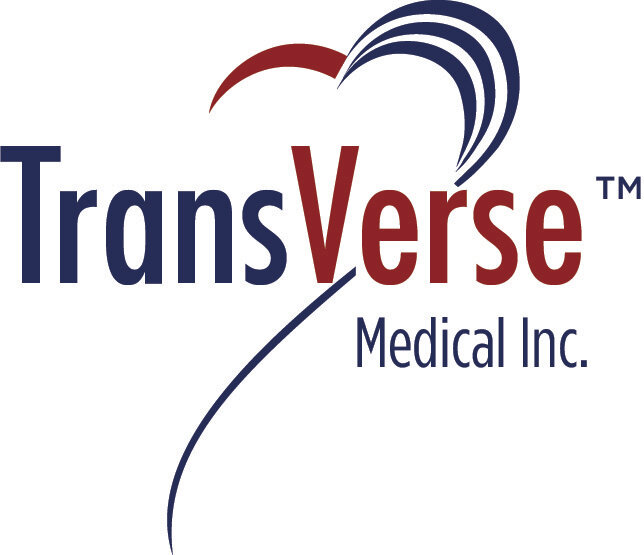1.
Reported in TAVR related randomized trials, significant (major) stroke ranges between 1.6% to as high 9.1% for high risk to intermediate risk patients. all stroke (any damage to the brain) ranges from 15% to 28%.
During the Sentinel Trial, procedural stroke was documented as high ass 9.1% and clinically-significant debris was present in 99% of filters.*
*SENTINEL Trial, Control Arm Data, JACC, Nov 2016
Data on Low risk patients undergoing TAVR was reported at the 2019 American College of Cardiology (ACC.2019) with major stroke, the most feared complication, as high as 1.4%. TVT Registry (real world data) estimates stroke in low risk patients for TAVR, as high as 2.4%
Stroke Rates (all stroke) in clinical trials designed to look for stroke or any damage to the brain and diagnosed by a neurologist report stroke in the double digits ranging from 15% to 28%.
Major Stroke Rates in Randomized TAVR Aortic Valve Replacement Clinical Studies Range from 1.6% to 8.6%
2.
Despite the rapid growth potential for TAVR, the presence of stroke continues to be the most patient feared risk associated with TAVR. Not only is stroke a significant clinical complication with a devastating impact to patients and their families, but it is also extremely costly to the healthcare system, which drives favorable health economics to support the use of Cerebral Embolic Protection as a Standard-Of-Care.
"A disabling stroke or even mild cognitive impairment in a younger, fully functional, employed patient would be devastating for a patient and for their loved ones."
"Strokes are largely unpredictable. We really should aim for a stroke rate of Zero."
- Dr. Hemal Gada
The Problem:
1. All great vessels and four major inlets (cerebral vessels) lead to the brain; all territories of the brain are at risk for stroke
2. Sources of debris originate from Ascending Arch, Transverse Arch, TAVR Devices, Native Heart, and Diseased Valve
3. Placement of the new Aortic valve triggers blood-born debris - - "The Debris Shower" - - releasing significant embolic debris (particles)
4. Procedural debris (small and large) can block cerebral arteries and more distal tributaries in the brain, resulting in ischemia and other damage to the brain and potentially leading to peri-procedural stroke or other neurological impairments
5. Procedural debris may lead to brain tissue injury (ischemia) - - "Stroke Occurs"
"68.4% of all strokes
occurred within 72 hours
of the TAR procedure"
-Dr. Martin Leon
3.
The global rise of the TAVR market is expected to reach $6.2 Billion USD by 2012, reaching $8 billion by 2023, and $12.5 billion by 2025, growing at a CAGR of 20%. Historically, a surgical aortic valve replacement (SAVR) procedure has been the standard to treat heart valve disease for older and higher risk patients. The market shift to the less invasive TAVR procedure is driven by reduced patient complicattion, however, major stroke rates remain too high for clinical acceptance. With a younger population in the intermediate to lower risk stratification, a stroke rate greater than 1% is clinically unacceptable.
4.












